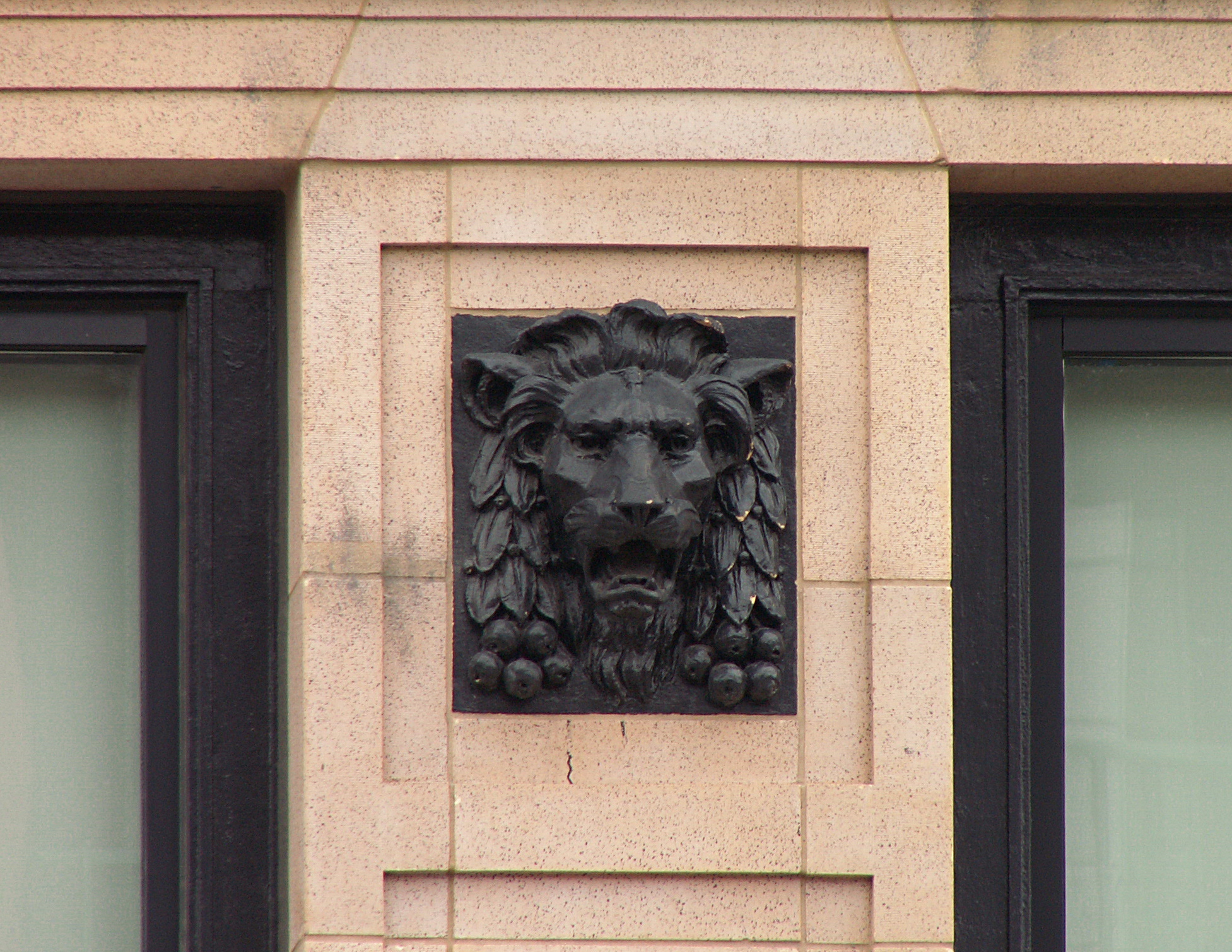
“Earth’s greenest skyscraper” is getting closer and closer to completion. Here we see it in its current state.

“Earth’s greenest skyscraper” is getting closer and closer to completion. Here we see it in its current state.

Built in 1921 for the Keystone Grocery and Tea Company, a grocery chain that did not live a long life (Father Pitt has not been able to find any reference to it after 1927), this is now Shannon Hall, student housing for the Art Institute of Pittsburgh. It is a fine example of how a utilitarian building can be made, if not beautiful, at least not ugly, by well-worked-out proportions and a tasteful choice of materials.

“Towers in a Park” was the ideal urban paradise of the International Style architects. It seldom worked well, and Father Pitt will tell you why: because the architects concentrated on the towers, and neglected the park. Gateway Center is one of the few really successful towers-in-a-park developments, and it is successful because the park is so attractive—benches everywhere, beautiful landscaping, and (of course) the vendors’ tents of the Three Rivers Arts Festival every June.

This was a store where you could buy everything, from groceries to clothes to furniture. It was most definitely not the company store for the J&L steel mill nearby, because of course such company stores were illegal in Pennsylvania. Coincidentally, however, the corporation’s list of directors was exactly the same as the list of directors of the Jones and Laughlin Steel Company, and the store accepted the scrip in which the workers were paid, which could be used nowhere else.

The building was as magnificent as some of the downtown department stores; and, after serving as the local headquarters of Goodwill Industries for three and a half decades, it is now beautifully restored as very expensive luxury apartments under the name “The Brix at 26.”




This building now houses the Wood Street station on the ground floor (and below, of course) and the Wood Street Galleries, a free museum of installation art, on the upper floors. It was put up for the Monongahela National Bank, and the architect was Edward Stotz, who also gave us Schenley High School—another triangular classical building. It makes one wonder whether Mr. Stotz printed “Specialist in Triangles” on his business cards.
The elevator towers at the corners are later additions. They make a mess of the carefully worked out proportions of the building—Father Pitt thinks they make the whole structure look a bit like a fat rabbit—but at least they are done with similar materials.
Camera: Kodak EasyShare Z1485 IS.

Three of our greatest Art Deco buildings are lined up in a row on Grant Street: the Koppers Tower, the Gulf Tower, and this magnificent deco-fascist composition by the Cleveland architects Walker and Weeks. This image is put together from six separate photographs, so it is huge if you click on it; there are some small stitching errors, but overall it looks very much like the architects’ original rendering.

Grant Boulevard (now Bigelow Boulevard) Front.
Abandoned for some time because it would have been too costly to restore for use by students, this magnificent building by Edward Stotz may soon be luxury apartments for yuppies. Here we see it as it was when it was newly built in 1916, from the Year Book of the Pittsburgh Architectural Club.

Rear.

Main Entrance Hall.
Would you like to build your own Schenley High School? Here are the original plans:





When this airport was built, it was the largest in the world in terms of runway footage; it is still one of the busiest airports in Pennsylvania, though there are no longer scheduled commercial flights. Moving the commercial flights to Greater Pitt meant that this airport never had to be rebuilt or modernized, so that the terminal (designed by Stanley L. Roush in 1931) is perhaps the most perfectly preserved Art Deco airport terminal in the world. It has played the airport in several period movies, and somewhere in a box or file Father Pitt has a picture of the terminal with the name “Bruxelles” replacing “Allegheny County Airport.”

This rendering was published in 1916, before the building opened in 1917; but this is how the City-County Building still looks today. “Diamond Street” is now part of Forbes Avenue, except for the remnant of the outer end that veers off Forbes for one scraggly diagonal block to meet Fifth Avenue.